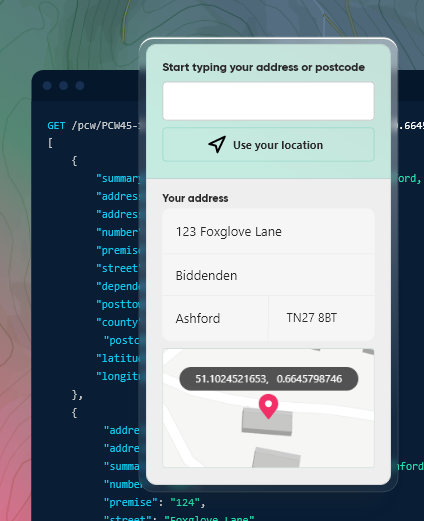News Article Mail Rail - The birth of the underground railway
We explore the history of Mail Rail and find out where it ended up.

Over the centuries the Post Office has remained committed to providing an efficient mail delivery service. In 1786, a horse-drawn mail coach could complete the London to Edinburgh delivery route within 60 hours - a remarkable speed for the time.
For the next fifty years, horse-drawn coaches remained the quickest mode of mail delivery. Postal routes were divided into sections about 20 miles in length - the distance a horse could comfortably maintain a high average speed - before a fresh team of horses would start the next stage of the journey.
From the 1840s, the advent of the railway meant horse-drawn mail coaches were no longer used to deliver mail across the length and breadth of Britain. Nonetheless, the Post Office continued to use horse-drawn services to transport mail locally, until in 1949, the last horse-drawn mail van was discontinued.
Whilst the introduction of mail trains in the mid-19th century helped improve the speed of deliveries outside of urban centres, the transportation of mail within cities such as London remained severely delayed.
At the beginning of the 20th century, a report established that congested streets and fog would prevent London’s traffic speeds from ever exceeding 6mph. Consequently, MPs were persuaded to approve plans to build the world’s first underground electric railway dedicated to transporting mail.
Despite the completion of all tunnelling work (which extended over 6 ½ miles) in 1917, the Treasury would not allow the Post Office to install the railway’s operating equipment during wartime. Moreover, the completion of the underground railway was further impeded by the high price of materials in the post-war years.
Nonetheless, the entire rail network which ran from Paddington Sorting Office in the west to the Eastern Head District Sorting Office at Whitechapel was completed in time to deliver the Christmas parcel post in 1927. The Post Office Railway, which was later known as Mail Rail, could run at 40mph in the network’s main tunnels. Moreover, each of the 27 foot-long railroad cars was capable of carrying four mail bag containers which could transport 15 bags of letters, or 6 bags of parcels.
Over the next 76 years, Mail Rail played a pivotal role in the transportation of London’s mail. In its prime, 220 Royal Mail employees ensured the underground railway carried four million letters a day.
Certainly, the success of the Post Office Railway was largely due to the skilled engineering and maintenance teams who ensured the train’s 22 hour day was rarely interrupted by mechanical failure.
The railway network even had its own underground workshop which was situated beneath the Mount Pleasant Mail Centre.
In order to remain an efficient mail transportation system, Mail Rail received a new fleet of replacement trains in 1980, and a new centralised computer system in 1993, which allowed the entire network to be controlled from a single point.
Nonetheless, the closure of several above-ground offices meant the Post Office Railway only stopped at four offices by the late 1990s. Eventually, the service was deemed uneconomical leading to the closure of the underground mail service on 31 May 2003.
Today, the Mail Rail – which previously operated under some of London’s most iconic landmarks – gathers dust at an empty underground station.
Whilst it is unlikely the Post Office Railway will ever be used again to transport mail, the rail network, which has been mothballed since its closure, may soon be used for educational purposes.
In 2013, the British Postal Museum and Archive announced plans to transform part of the Mail Rail network into a public attraction. Specially converted rail cars would transport tourists from the depot at Mount Pleasant into the network of underground tunnels.
Clearly the methods used to deliver post have changed as much as their surroundings over the last three centuries. However, it is apparent the legacy of Mail Rail endures to this day, and will continue to in the future by enriching the lives of those who get the chance to experience it.



